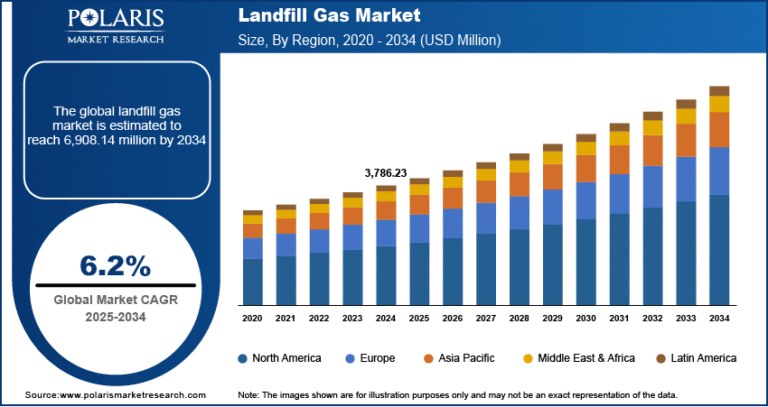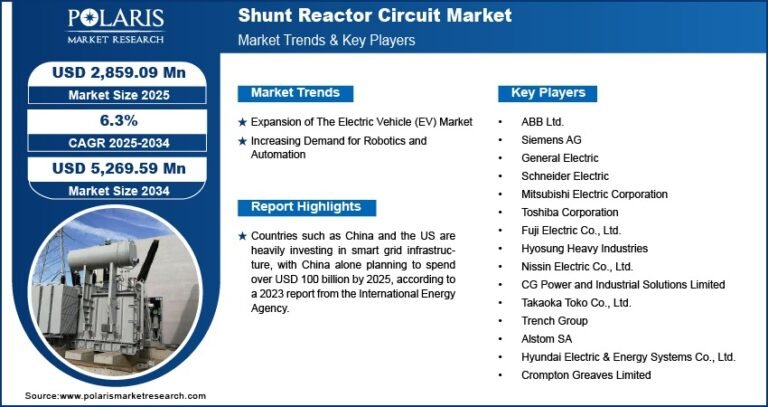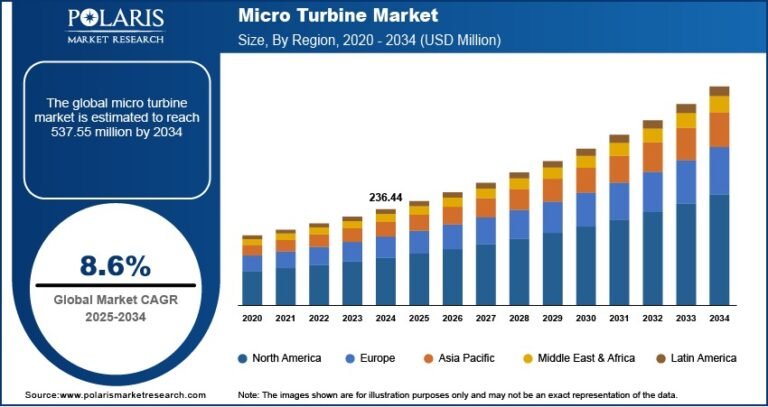Oil Well Cementing Market Projected to Reach USD 1,982.03 Million by 2034, Growing at a CAGR of 7.5%

Market Overview
The oil well cementing market plays a critical role in ensuring the structural integrity and zonal isolation of oil and gas wells. Cementing is essential for preventing fluid migration between subsurface formations and for supporting the casing after it is run into the wellbore. This market encompasses various services and materials, primarily oil well cement (a specialized type of Portland cement), equipment, and associated technologies used in both onshore and offshore drilling activities. As oil and gas exploration intensifies in ultra-deepwater, shale, and other complex geological formations, the demand for reliable cementing solutions continues to rise.
Oil Well Cementing Market Trends & Insights
-
Shift Toward Unconventional Drilling: Growing interest in shale oil, tight gas, and coalbed methane (CBM) exploration has necessitated robust cementing technologies to handle high pressures and temperatures.
-
Digitalization & Automation: Operators are increasingly using digital technologies like real-time monitoring, predictive analytics, and automated mixing systems to improve cement placement and integrity.
-
Eco-Friendly Cementing Solutions: The market is witnessing a surge in the development of environmentally sustainable cement blends, such as low-carbon and geopolymer cements, driven by ESG goals and regulatory pressures.
-
Integrated Cementing Services: Oilfield service providers are offering integrated solutions combining cementing, well logging, and zonal isolation technologies to reduce operational complexity and costs.
Market Size & Forecast
Market size value in 2025 USD – 1,036.44 million
Revenue forecast in 2034 USD – 1,982.03 million
CAGR – 7.5% from 2025 – 2034
Request for Free Sample: https://www.polarismarketresearch.com/industry-analysis/oil-well-cementing-market/request-for-sample
Key Market Growth Drivers
-
Upstream Oil & Gas Investment Revival: With oil prices stabilizing above breakeven levels for many producers, capital expenditures in exploration and production are picking up, especially in the Middle East, Africa, and North America.
-
Expansion of Offshore Projects: Rising investments in offshore deepwater and ultra-deepwater reserves are spurring demand for high-performance cementing solutions that can withstand extreme subsurface conditions.
-
Well Integrity Regulations: Stringent safety standards by agencies such as the American Petroleum Institute (API) and environmental regulations are pushing companies to invest in better cementing practices.
-
Technological Innovations: Advancements in cement slurries, additives, and placement techniques are improving zonal isolation and reducing risks of blowouts and gas migration, driving adoption among operators.
Market Challenges
-
Volatility in Oil Prices: Fluctuations in crude oil prices significantly influence drilling activity and, by extension, demand for cementing services.
-
High Operational Costs: The cost-intensive nature of oil well cementing, particularly in offshore and unconventional fields, can hinder growth in low-margin projects.
-
Environmental Concerns: Cementing operations contribute to CO₂ emissions, and increasing pressure to decarbonize the energy sector may pose regulatory challenges and drive up compliance costs.
-
Skilled Labor Shortage: A declining workforce in oilfield services and lack of specialized cementing technicians can limit the oil well cementing market’s operational scalability.






